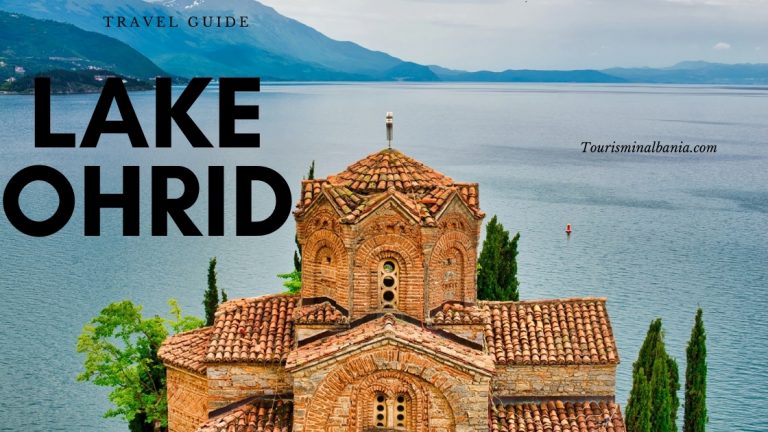Apollonia Archaeological Park, Albania
First, some historical information: Apollonia was founded in 588 BC by Corinthian colonies that had already had contacts with the Illyrians, the people who lived in the territories currently occupied by the Balkan countries. In short, Apollonia (which owes its name from the presence of a temple dedicated to the God Apollo) became a city-state of great strategic and logistical importance for trade by sea, thanks to the large port which enjoyed. The cultural development that the city had after 299 BC, following its conquest by the Roman Empire, is also due in large part to the centuries of Greek domination, which had established schools and universities here. To make you understand its centrality during Ancient Rome, it is enough to mention that even Julius Caesar stopped in Apollonia for a short period.
The Archaeological Park is located on a hill, immersed in the green of rural Albania, surrounded by fields of olive trees as far as the eye can see. The entrance costs 400 leks, but unfortunately, you will not be provided with any map of the place with the ticket. You’ll have to make do with the maps you find at the entrance and in a few other places around the site. Consider that the Archaeological Park of Apollonia consists of a giant plot of land that, around 1930, the French archaeologist Leon Rey began to excavate, bringing to light what is estimated to be only a small percentage of the beauty that the hill has to offer.
The most spectacular area of the excavations is certainly the Monumental Center, consisting of the imposing Bouleuterion (or, in ancient Greece, the building that housed the council) of which remain arches and columns, the base of the Arch of Triumph, the remains of an Ionic temple and the Odeon (or the arena dedicated to singing, poetry and other shows). Immediately to the left of the Monumental Center, and worse preserved, you will find the Portico. The Agora and the Acropolis show great promise, but in the end, they are little more than the remains of excavations of little significance and victims of neglect. The rest are a whole series of gates, walls, and piles of stones that have great potential but are decidedly underused.
The problems of the archaeological site of Apollonia are in fact of two orders: the first is related to the almost total lack of proper signposts; except for the maps that you will find in signs at the entrance of the park and a few signs that indicate some of the main buildings the rest is left to your imagination. Even following a logical path will not be easy since you will not be provided with any paper map. Orienting yourself in such a large park without arrows or similar is almost impossible.
The second problem is related to the absence of guides on site: the fascination of such ancient buildings, the wonder in front of the ability of instructors and architects who over two thousand years ago could build such wonders vanishes without someone who tells you the story and makes you daydream about how it was to walk the streets of the ancient city-state of Magna Graecia. After all, without someone who reconstructs, even if only verbally, what are now ruins left to themselves, even an Archaeological Park, so ancient and precious, lose interest.
How to get to Apollonia, Albania
Many tourists who visit Apollonia do so on a day trip from Durres or Berat. Our advice is to spend a couple of days in the beautiful town of Berat, enjoy its castle and old town and then visit Apollonia. Consider that in both cases, whether you arrive from Berat or Durres, you will have to change bus, as there are no direct buses to the archaeological site. However, if you are driving, consider that from both cities, you will have to point your navigator to the tiny town of Pojan (two hours by car, whether you are coming from Berat or Durres), and then reach Apollonia in a few minutes.
If you use public transportation, take a bus or van to the town of Fier (from Durres, you take it from Plepa station, while from Berat from the terminal just outside the town). From the point where you will stop, you will have to continue walking straight on the road you came from for about ten minutes: ask for the bus stop to Pojan. Then get off at the terminus and follow the signs for Apollonia: a quarter of an hour’s walk, and you will have arrived.
Be careful. The last bus from Pojan back to Fier leaves at 14:30. Don’t miss it or you will have to find a cab and the task will certainly not be the easiest, lost in the nothingness of the Albanian countryside as you will be. So make sure you leave Berat or Durres early in the morning, between 7.30 and 8.30 at the latest.







